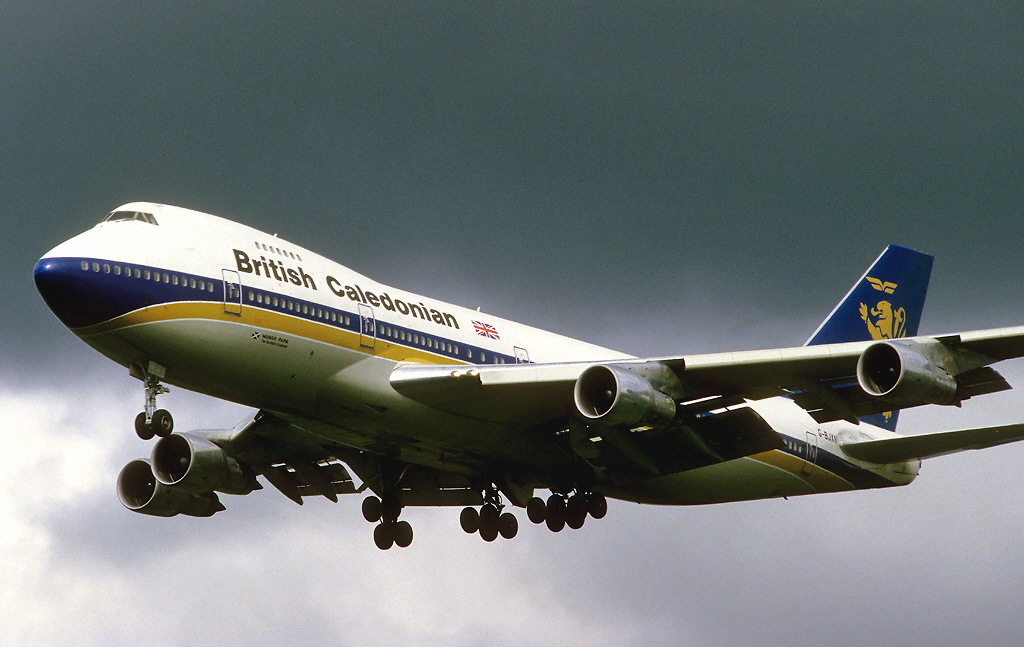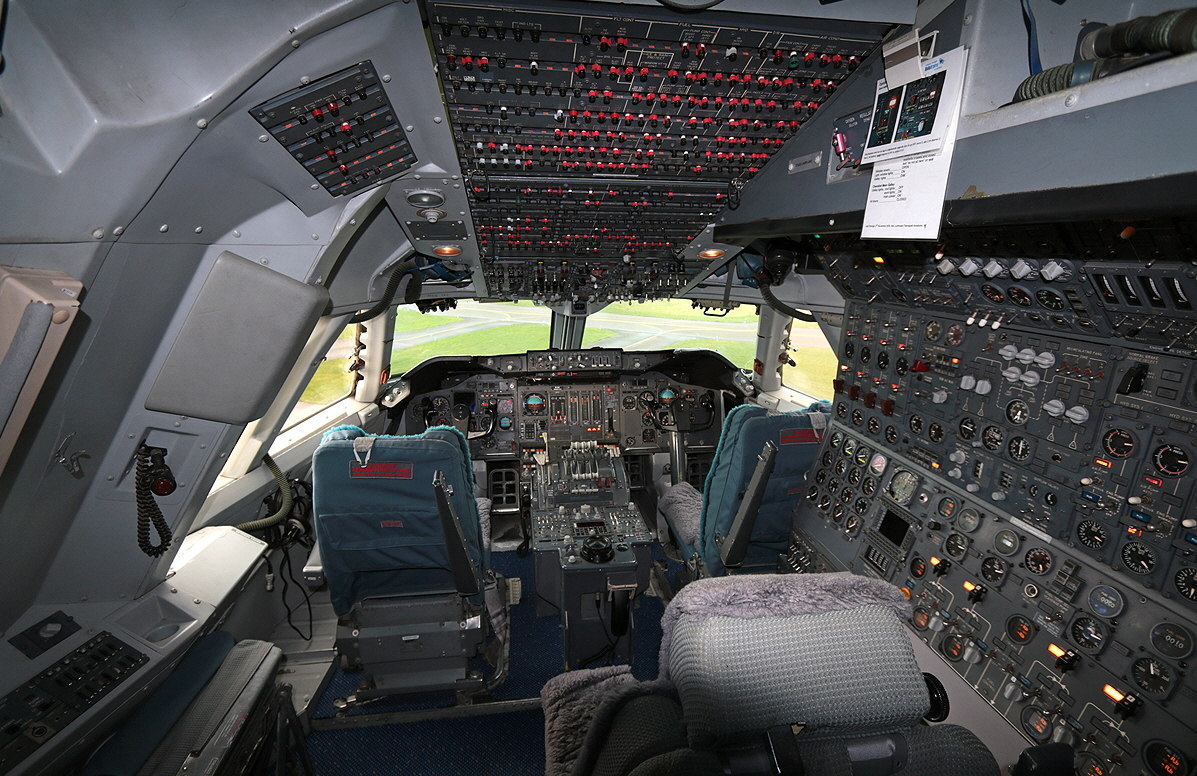 The Boeing 747 is a wide-body commercial airliner and cargo transport aircraft, often referred to by its original nickname, The Jumbo Jet. The 747 was conceived while air travel was increasing in the 1960s. The era of commercial jet transportation, led by the enormous popularity of the Boeing 707 and Douglas DC-8, had revolutionised long-distance travel. Boeing was pressed by Juan Trippe, president of Pan American World Airways (Pan Am), one of its most important airline customers, to build a passenger aircraft more than twice the size of the 707. During this time, airport congestion, worsened by increasing numbers of passengers carried on relatively small aircraft, became a problem that Trippe thought could be addressed by a large new aircraft. It is among the world's most recognisable aircraft, and was the first wide-body ever produced. Manufactured by Boeing's Commercial Airplane unit in the United States, the original version of the 747 was two and a half times the size of the Boeing 707, one of the common large commercial aircraft of the 1960s. First flown commercially in 1970, the 747 held the passenger capacity record for 37 years.
The Boeing 747 is a wide-body commercial airliner and cargo transport aircraft, often referred to by its original nickname, The Jumbo Jet. The 747 was conceived while air travel was increasing in the 1960s. The era of commercial jet transportation, led by the enormous popularity of the Boeing 707 and Douglas DC-8, had revolutionised long-distance travel. Boeing was pressed by Juan Trippe, president of Pan American World Airways (Pan Am), one of its most important airline customers, to build a passenger aircraft more than twice the size of the 707. During this time, airport congestion, worsened by increasing numbers of passengers carried on relatively small aircraft, became a problem that Trippe thought could be addressed by a large new aircraft. It is among the world's most recognisable aircraft, and was the first wide-body ever produced. Manufactured by Boeing's Commercial Airplane unit in the United States, the original version of the 747 was two and a half times the size of the Boeing 707, one of the common large commercial aircraft of the 1960s. First flown commercially in 1970, the 747 held the passenger capacity record for 37 years.
The four-engine 747 uses a double deck configuration for part of its length. It is available in passenger, freighter and other versions. Boeing designed the 747's hump-like upper deck to serve as a first class lounge or (as is the general rule today) extra seating, and to allow the aircraft to be easily converted to a cargo carrier by removing seats and installing a front cargo door. Boeing did so because the company expected supersonic airliners (whose development was announced in the early 1960s) to render the 747 and other subsonic airliners obsolete, while believing that the demand for subsonic cargo aircraft would be robust into the future. The 747 in particular was expected to become obsolete after 400 were sold, but it exceeded its critics' expectations with production passing the 1,000 mark in 1993. By April 2014, 1,486 Boeing 747 aircraft had been built in many different variants, with 68 of the 747-8 variants remaining on order.

The 747-400, the most common passenger version in service, is among the fastest airliners in service with a high-subsonic cruise speed of Mach 0.85 to 0.855 (up to 570 mph). It has an intercontinental range of 7,260 nautical miles (8,350 statute miles). The 747-400 passenger version can accommodate 416 passengers in a typical three-class layout, 524 passengers in a typical two-class layout, or 660 passengers in a high density one-class configuration. The newest version of the aircraft, the 747-8, is in production and received certification in 2011.

